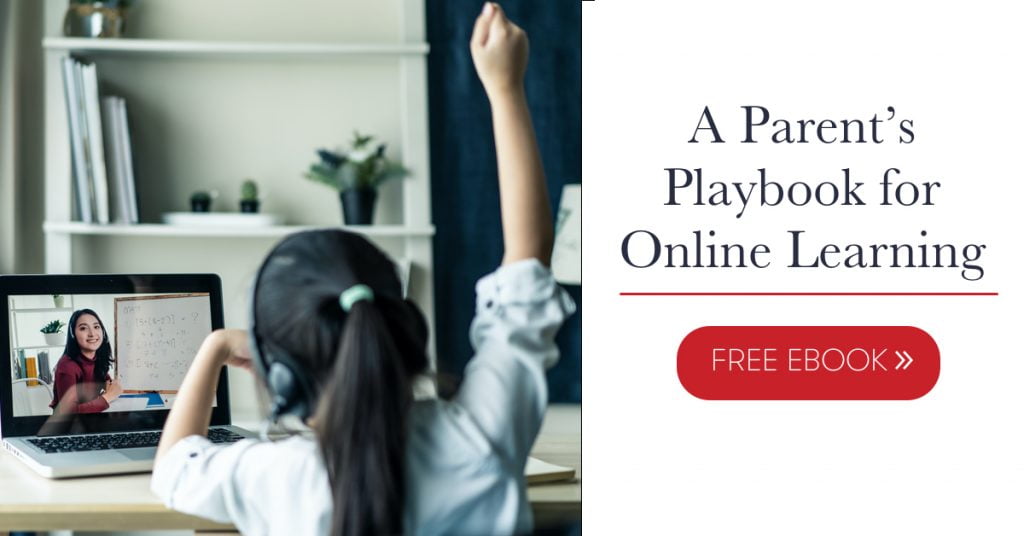April is National Child Abuse Prevention Month. Five years ago, we kicked off National Child Abuse Prevention Month with a series of child abuse prevention trainings across Delaware. We are now in 23 States doing the work that was so important to Beau.
During the past year, our lives have been turned upside down. For a child who spent the last year living and learning in a dangerous place – perhaps with their abuser, cut off from their schools and support networks – it has been a nightmare. Horrific situations like this along with the increased time children now spend online is the “perfect storm” for child predators.
It is critical that adults – parents, caretakers, families, teachers, counselors, and coaches – support and protect children emerging from a year of intense trauma.
Here are a few quick tips and resources for you to keep the children you care about safe.
- Ongoing and age-appropriate conversations with children and teens are key to their protection. Open and honest discussions about abuse, sexual abuse, healthy relationships, and online safety help establish and build trust. Maintaining that trust may lead a child in trouble to open up to you in the future. Just be sure to react calmly and responsibly should a child divulge their abuse or online interactions with a predator. Our free eBook – Seven Things You Don’t Know About Your Child’s Digital Life – can help you get the conversation started.
FAST FACT: Most children are exposed to pornography by the time they are 11 years old.
- Find out what your child’s school is doing to protect children from abuse. Children have all been thrust into virtual learning environments and hybrid classes over the past year. It’s imperative that schools and youth-serving organizations that use video conferencing platforms to teach and interact with children adhere to best practices and a well-established and published Code of Conduct, specifically every organization must commit that all interactions with children be continuously observable and able to be interrupted at any time.
The Beau Biden Foundation created an accredited workshop – Protecting Children in a Virtual Learning Environment – that has helped schools across the country ensure teachers can assess a child’s safety in their online interactions with students. Ask your child’s school if they have training and policies in place that address this issue. If not – ask them to contact the Beau Biden Foundation.
DID YOU KNOW: Reports to Child Abuse Hotlines have dropped by nearly 50% while children and teachers were out of physical the classroom during COVID-19 restrictions. Why? Because teachers, counselors, and school personnel are among the number one reporters of abuse. Without seeing their students regularly, these frontline professionals could not recognize the signs of abuse and make the call to get that child the help they need.
- Know and check the apps children and teens are using on their digital devices. Potential harm can come from anywhere — social media and online gaming apps open doors to child predators. Knowing how children and teens spend their time on their smartphones or tablets (and with whom) is critical in keeping them safe. A list of 15 Apps Parents Need to Know is available here to help you navigate this ever-changing digital landscape.
DID YOU KNOW: Federal and local law enforcement agencies are working together to track down and apprehend child predators through popular social media and gaming apps. These joint efforts have led to thousands of arrests. Charges include: Luring a Minor; Attempted Child Abuse, Neglect, or Endangerment; Engaging In Solicitation for Prostitution of a Child; and Facilitating Sex Trafficking. These criminals range in age from early 20s to late 60s.
- Know the acronyms children and teens are using in their chats – predators are using them, too. Learning and recognizing some of these critical codes and acronyms can save a child from a predator. You’re probably familiar with “LOL” (Laugh Out Loud) or “SMH” (Shake My Head), but there are many more acronyms that predators use to chat with children and teens to “KPC” (Keep Parents Clueless) when they “WTTP.” Read our blog – 30 Acronyms Parents Need to Know – to help familiarize yourself with these terms: 30 Acronyms Parents Need to Know.
- Know the signs of grooming. Be on the lookout for requests for images, videos, personal information from a child, or to connect in a private chat. These requests, even seemingly innocent ones, could be a predator testing a child. Other questions to keep in mind are: Is the child often making a deal or exchange for game tokens/currency? Is the child being lured into a private chat? Are they keeping secrets or say they have a “special friendship” with someone new online? Does the child suddenly have new items like clothing, jewelry, or a phone that you did not buy for them? Our free eBook – Online Predators: What You Need To Know To Protect Your Child Today – can help you recognize the signs of grooming and offers more advice on how to combat online predators.
FAST FACT: There are at least 500,000 child predators online each day. One in 5 children reports being solicited or contacted by a predator in the last year.
- What to do if your child has already sent an explicit photo or fallen victim to an online predator or cyberbully? Call the CyberTipline: 1-800-THE-LOST. If the child is being cyberbullied, or if there’s an immediate threat or risk of harm – call 911, otherwise seek the assistance of the school counselor, make a report on the platform being used, and preserve any evidence (i.e. screenshot, save chat). If your child is being solicited to send personal information, help them to say ‘no’ and move on, and report the other user(s) involved. If the child has received a request for explicit photos or videos, report to law enforcement. As always, if you have reasonable suspicion of abuse, please click here to find the child abuse reporting line in your area and make the call.
As we often say, the keys to protecting children from abuse, both off and online, are not complicated. Adults need to continue talking to children. The tips above are a start in the conversations and one way to ensure children can grow up safe in a world free from abuse.

Online Workshop — Protecting Children in a Virtual Learning Environment
It is critical for teachers, mentors, and coaches to know how to recognize the signs of abuse and neglect both in-person and through virtual interaction. You can help protect children with our online abuse prevention workshops for educators and youth-serving professionals — Protecting Children in a Virtual Learning Environment. Register now at www.BeauBidenFoundation.org/Workshops.

A Parent’s Playbook: Tips for Online Learning
If you have or know a child learning online, you’re in the right place. This free eBook – A Parent’s Playbook: Tips for Online Learning – contains the three most important conversations you need to have to protect a child. Click here to download it now.
